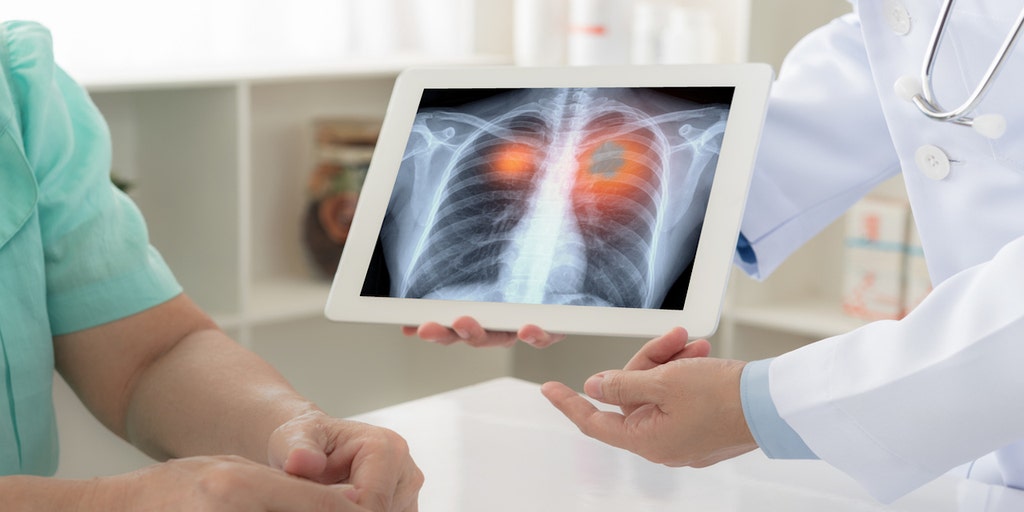Among the most recent advancements in artificial intelligence within the healthcare sector, a standard chest X-ray has been identified as a potential tool for pinpointing non-smokers at a heightened risk of developing lung cancer.
Presented at the annual meeting of the Radiological Society of North America (RSNA) in Chicago, the research conducted by experts from the Cardiovascular Imaging Research Center (CIRC) at Massachusetts General Hospital (MGH) and Harvard Medical School in Boston focused on the development of a sophisticated deep learning AI model. This model, trained using 147,497 chest X-rays from both asymptomatic smokers and non-smokers, was designed to discern patterns indicative of lung disease within the X-ray images.
Subsequently, the AI model was tested on a group of 17,407 patients, with an average age of 63 years old. The results revealed that among the patients identified as high risk by the AI model, 2.9% were later diagnosed with lung cancer within a span of six years—a rate more than double that of patients classified as low risk.
Senior author Michael T. Lu, M.D., director of artificial intelligence and co-director of CIRC at MGH, highlighted the AI tool’s capability to identify non-smokers at an elevated risk of lung cancer over the subsequent six years. This was achieved through the model’s analysis of existing chest X-ray images obtained for various routine indications.
The study’s lead author, Anika S. Walia, emphasized the increasing prevalence of lung cancer in non-smokers and the current dearth of effective screening tools for this demographic. While guidelines recommend lung cancer screenings for individuals with a significant smoking history, there is a lack of established protocols for never-smokers or those with minimal smoking exposure.
Looking ahead, the researchers underscored the necessity of conducting a clinical trial to ascertain the benefits of further testing for high-risk individuals identified by the AI tool. Despite the superior accuracy of lung cancer screening CT scans compared to chest X-rays, the AI model presents a potentially accessible and cost-effective means of early detection for at-risk non-smokers.
Dr. Harvey Castro, an expert in emergency medicine and artificial intelligence in healthcare, commended the study’s breakthrough in predicting lung cancer risk among never-smokers. However, he cautioned against potential risks of overdiagnosis and overtreatment, as well as ethical and privacy concerns associated with AI-driven healthcare decisions.
In conclusion, while the AI tool shows promise in enhancing lung cancer screening for non-smokers, thorough consideration of its risks and limitations is imperative for its integration into clinical practice. As lung cancer continues to pose a significant health threat, innovative approaches like AI-driven early detection tools could play a crucial role in improving patient outcomes and survival rates.






